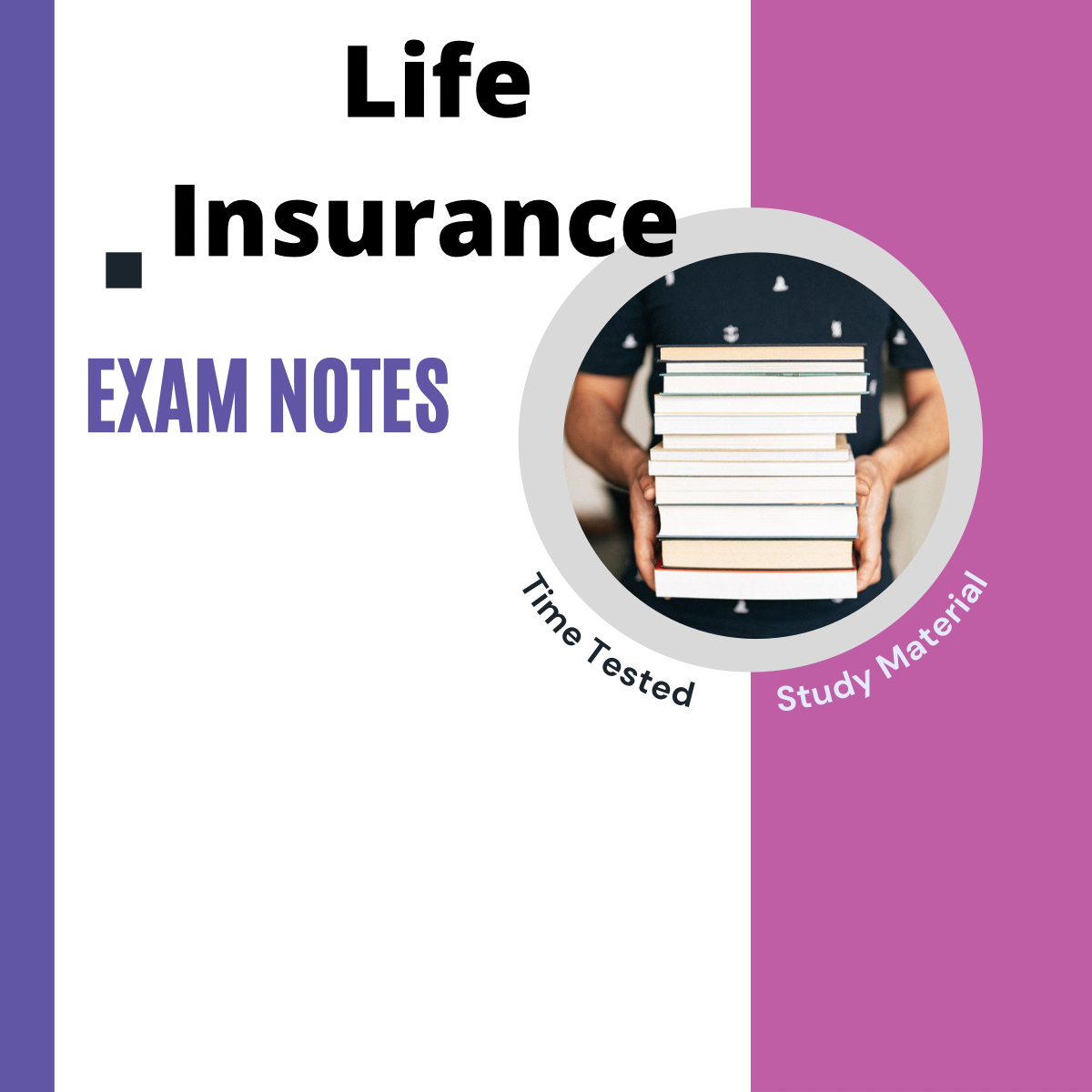Pacific Prime Fundamentals Explained
Pacific Prime Fundamentals Explained
Blog Article
The Only Guide to Pacific Prime
Table of ContentsPacific Prime for BeginnersHow Pacific Prime can Save You Time, Stress, and Money.The Best Strategy To Use For Pacific PrimeFascination About Pacific PrimeOur Pacific Prime Statements

This is because the data were gathered for a period of strong economic performance. Of the approximated 42 million people that were without insurance, all yet about 420,000 (regarding 1 percent) were under 65 years of age, the age at which most Americans come to be qualified for Medicare; 32 million were grownups between ages 18 and 65, about 19 percent of all grownups in this age team; and 10 million were children under 18 years of age, about 13.9 percent of all youngsters (Mills, 2000).
These estimates of the variety of individuals without insurance are produced from the yearly March Supplement to the Existing Populace Survey (CPS), performed by the Demographics Bureau. Unless otherwise noted, nationwide quotes of individuals without medical insurance and percentages of the population with various type of coverage are based on the CPS, the most extensively used resource of quotes of insurance coverage and uninsurance rates.
See This Report on Pacific Prime

Still, the CPS is especially useful because it produces yearly quotes relatively rapidly, reporting the previous year's insurance protection approximates each September, and because it is the basis for a regular set of quotes for greater than 20 years, permitting evaluation of fads in insurance coverage over time. For these reasons, along with the extensive usage of the CPS in other researches of insurance protection that are provided in this report, we depend on CPS quotes, with limitations kept in mind.

The quote of the number of without insurance individuals expands when a population's insurance policy standing is tracked for numerous years. Over a three-year duration beginning early in 1993, 72 million individuals, 29 percent of the U.S. http://tupalo.com/en/users/6478264. population, lacked protection for at the very least one month. Within a single year (1994 ), 53 million people experienced at the very least a month without coverage (Bennefield, 1998a)
Six out of every ten uninsured adults are themselves used. Although functioning does boost the likelihood that a person and one's household members will have insurance, it is not a guarantee. Also participants of households with two full-time breadwinner have nearly a one-in-ten chance of being without insurance (9.1 percent uninsured rate) (Hoffman and Pohl, 2000).
The Greatest Guide To Pacific Prime
New immigrants make up a considerable percentage of people without health insurance. One analysis has actually attributed a substantial part of the current development in the dimension of the united state uninsured populace to immigrants who arrived in the nation in between 1994 and 1998 (Camarota and Edwards, 2000). Recent immigrants (those who pertained to the USA within the past four years) do have a high price of being without insurance (46 percent), however they and their kids account for just 6 percent of those without insurance coverage across the country (Holahan et al., 2001).
The connection in between health insurance policy and access to care is well developed, as documented later in this phase. The relationship in between health insurance and health results is neither straight nor easy, an extensive scientific and wellness solutions study literary works web links health insurance policy coverage to better accessibility to care, far better high quality, and improved personal and populace health status.
Degrees of analysis for checking out the effects of uninsurance. It concentrates particularly on those without any wellness insurance coverage for any kind of length of time.
What Does Pacific Prime Do?
The problems dealt with by the underinsured are in some respects comparable to those faced by the without insurance, although they are typically much less serious. international travel insurance. Uninsurance and underinsurance, however, entail definitely different plan concerns, and the approaches for addressing them may vary. Throughout this research study and the 5 records to adhere to, the major emphasis gets on individuals without medical insurance and therefore no support in paying for healthcare beyond what is readily available via charity and safeguard organizations
Wellness insurance is an effective aspect influencing receipt of treatment due to the fact that both patients and physicians react to the out-of-pocket cost of services - https://young-nemophila-a7b.notion.site/Pacific-Prime-Your-Partner-for-Comprehensive-Insurance-Solutions-7ea95e6a0f4e46d6a51631c55774899a?pvs=25. Medical insurance, nevertheless, is neither needed nor enough to obtain access to medical solutions. Nevertheless, the independent and direct impact of medical insurance protection on access to health services is well developed.
Others will get the healthcare they require also without health insurance policy, by spending for it out of pocket or seeking it from companies who use visit this site treatment cost-free or at highly subsidized rates. For still others, medical insurance alone does not guarantee receipt of treatment due to the fact that of other nonfinancial barriers, such as a lack of healthcare service providers in their community, limited access to transport, illiteracy, or linguistic and social distinctions.
How Pacific Prime can Save You Time, Stress, and Money.
Formal research study regarding without insurance populations in the United States dates to the late 1920s and early 1930s when the Committee on the Price of Treatment created a series of reports concerning funding doctor workplace check outs and hospital stays. This problem came to be salient as the varieties of medically indigent climbed up during the Great Clinical depression.
Report this page